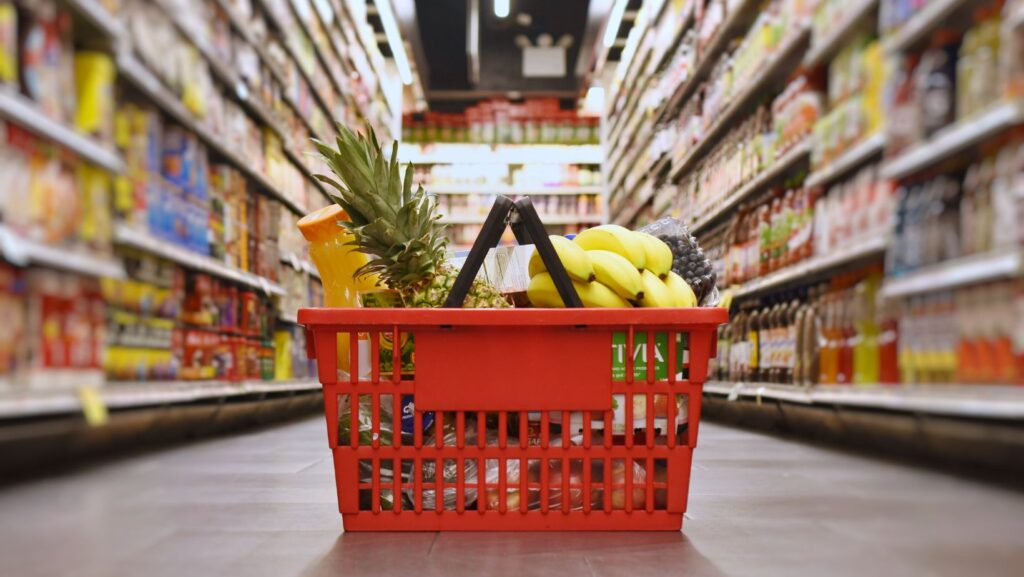
When it comes to grocery shopping, unit pricing is a valuable tool that can help you make informed decisions and save money. But what exactly is unit pricing and how does it benefit you? Well, let me break it down for you.
Unit pricing refers to the cost of a product per standard unit of measurement, such as per ounce or per pound. It allows you to compare prices across different brands and package sizes more accurately. By looking at the unit price rather than just the total price, you can determine which option offers the best value for your money.
How Does Unit Pricing Help You When You’re Grocery Shopping?
The Basics of Unit Pricing
When it comes to grocery shopping, understanding unit pricing can be a game-changer. But what exactly is unit pricing? Well, it’s a method used by retailers to display the price per standard unit of measurement for a particular product. This allows shoppers to compare prices more accurately and make informed decisions about their purchases.
Let me break it down for you with an example. Imagine you’re standing in the cereal aisle, trying to decide between two different brands. Brand A offers a 12-ounce box for $3, while Brand B has a 16-ounce box priced at $4. At first glance, Brand A seems cheaper. However, when you look at the unit price, things may change.
Unit pricing tells you that Brand A costs $0.25 per ounce ($3 divided by 12 ounces), whereas Brand B works out to be $0.25 per ounce as well ($4 divided by 16 ounces). Suddenly, you realize that both options have the same unit price and are equally priced when compared based on quantity.
Comparing Prices Using Unit Pricing
One of the major benefits of unit pricing is its ability to help you compare prices across different sizes or quantities of products easily. It takes away the confusion caused by varying packaging sizes and reveals the true cost of each item.
For instance, let’s say you’re torn between buying a small bottle of shampoo for $2 or a larger one for $5. By looking at the unit price displayed next to each option – perhaps in dollars per fluid ounce – you can quickly determine which one provides better value for your money.
Unit pricing also helps identify any savings that come with purchasing larger volumes or bulk packages. It allows you to calculate if buying in bulk will truly save you money in comparison to smaller sizes or competing brands.
Calculating The Unit Price
When it comes to grocery shopping, unit pricing is a valuable tool that can help you make informed decisions and save money. Understanding how to calculate the unit price allows you to compare products more accurately and determine which option offers the best value for your budget. Let’s delve into how unit pricing can assist you during your grocery shopping trips.
- What is Unit Pricing?
Unit pricing involves breaking down the cost of a product into its basic unit of measurement, such as ounces, pounds, liters, or pieces. By comparing the price per unit rather than just the total cost, you can easily identify if one brand or size offers better value compared to another.
- How Does Unit Pricing Help You?
By calculating the unit price, you gain several benefits when navigating through the aisles of a grocery store:
- Comparison Shopping: Unit pricing enables you to compare similar products based on their actual costs per unit rather than relying solely on packaging or branding. This helps you make more informed choices and select items that offer better value for money.
- Identifying Costly Options: Sometimes, smaller packages may seem cheaper at first glance but have higher unit prices compared to larger sizes. With unit pricing knowledge in hand, you can spot these deceptive deals and avoid paying extra for convenience.
- Budget-Friendly Choices: If budgeting is a priority for you, calculating the unit price allows you to evaluate different brands and sizes within your preferred category. This way, you can strike a balance between quality and affordability without compromising on your grocery list.
- How to Calculate Unit Price
To calculate the unit price of a product:
- Identify the total price of an item.
- Determine its quantity in standard units (e.g., ounces).
- Divide the total price by the quantity.
- Round off your answer if needed.
In conclusion, understanding and using unit pricing while grocery shopping empowers you to make well-informed choices, save money, and optimize your budget. By calculating the unit price of products, you can identify which options provide the best value for your needs. So next time you’re at the store, be sure to utilize this handy tool to maximize your savings!














